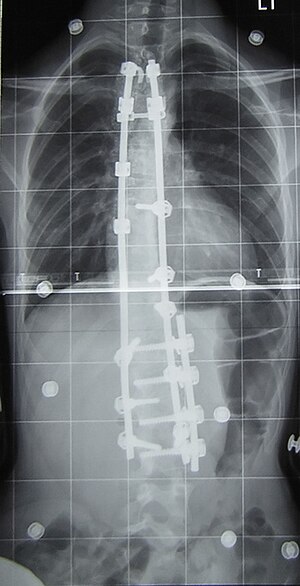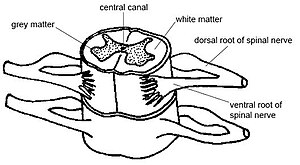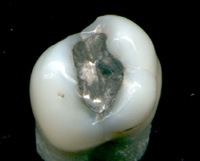The digestive system is a key factor in the health of just about every vital organ, function and system in the body. Digestive processes and biological elements regulate our energy levels, immunity, and nutritional status. A healthy body starts with a healthy gut. But a new study suggests that when our digestive system is out of whack, it’s not just our body that suffers: it also adversely affects our mental and emotional state.
The study, conducted at McMaster University’s Farncombe Family Digestive Health Research Institute and published in the online edition of Gastroenterology, tested the mental and emotional reactions in mice to changes in the bacterial content of the gut.
The gut plays host to about 1,000 trillion bacteria, all of which perform vital functions. These are ‘good’ bacteria. But when the good bacteria is overwhelmed by the bad – as in the case of taking antibiotics, which kills both good and bad bacteria –the gastrointestinal tract ceases to function as it should. As a result, our energy level goes down, nutrients are not absorbed and passed through to the rest of the body, and we become much more susceptible to infection.
According to the new study, an imbalance of bad bacteria to good can also cause anxiety and depression.
To cause the imbalance and overwhelm the good bacteria in the gut, the researchers in the study fed antibiotics to adult mice. The resulting changes in the gut produced an increase in certain factors of the brain that are associated with depression and anxiety, and the mice became noticeably more nervous and aggressive.
When the antibiotics were discontinued, and the balance of good to bad bacteria in the gut was restored, the mice calmed down. Their brain chemistry also returned to normal.
To further test these results, mice with normal bacterial balance – and a passive emotional state – were colonized with bacteria from mice with an imbalance. As a result, they become more aggressive. Researchers also tested in the opposite direction; colonizing mice with an imbalance with the bacteria of those with a healthy balance. This, too, resulted in a change in behavior from aggressive to passive.
“The exciting results provide stimulus for further investigating a microbial component to the causation of behavioral illnesses,” said Stephen Collins, professor of medicine and associate dean research. Premysl Bercik, assistant professor of medicine and one of the researchers, also said that the results justify investigating the therapeutic potential of probiotic bacteria and their products in the treatment of behavioral disorders, particularly those associated with gastrointestinal conditions such as irritable bowel syndrome.
The study also demonstrates the physical and emotional benefits of finding alternative solutions to antibiotics.
Source: Science Daily, http://www.sciencedaily.com/releases/2011/05/110517110315.htm



















